5.Transparent Zebrafish created by scientists 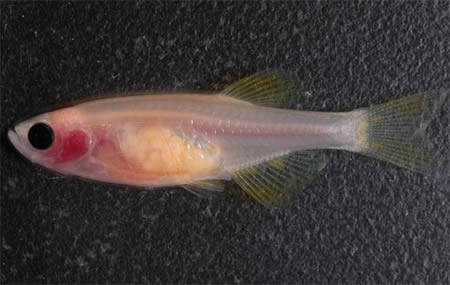
This see-through zebrafish was created in 2008 by scientists so they can study disease processes, including the spread of cancer. The transparent fish are allowing researchers at Children's Hospital Boston to directly view fish's internal organs and observe processes such as tumor growth in real-time in living organisms.
6.Transparent Icefish
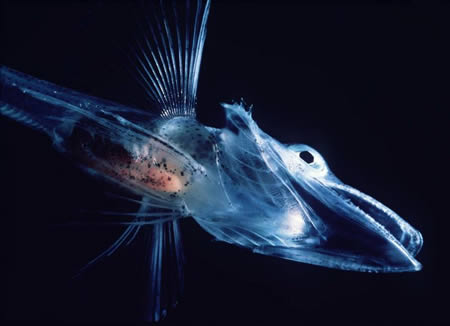
Fund in the cold waters around Antarctica and southern South America, the crocodile icefish (Channichthyidae) feed on krill, copepods, and other fish. Their blood is transparent because they have no hemoglobin and/or only defunct erythrocytes. Their metabolism relies only on the oxygen dissolved in the liquid blood, which is believed to be absorbed directly through the skin from the water. This works because water can dissolve the most oxygen when it is coldest. In five species, the gene for myoglobin in the muscles has also vanished, leaving them with white instead of pink hearts.
7.Transparent Amphipod
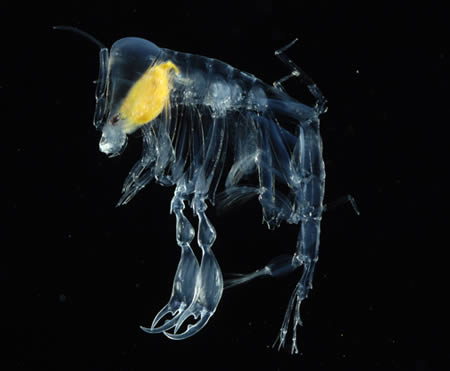
Called Phronima, this unusual animal is one of the many strange species recently found on an expedition to a deep-sea mountain range in the North Atlantic. In an ironic strategy for survival, this tiny shrimplike creature shows everything it has, inside and out, in an attempt to disappear. Many other small deep-sea creatures are transparent as well, or nearly so, to better camouflage themselves in their murky surroundings, scientists say.
8.Transparent Larval Shrimp
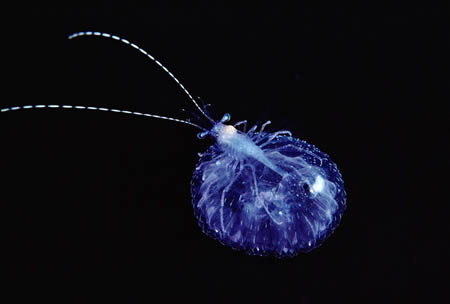
Found in the in the waters around Hawaii, this transparent larval shrimp piggybacks on an equally see-through jellyfish.
9.Transparent Salp
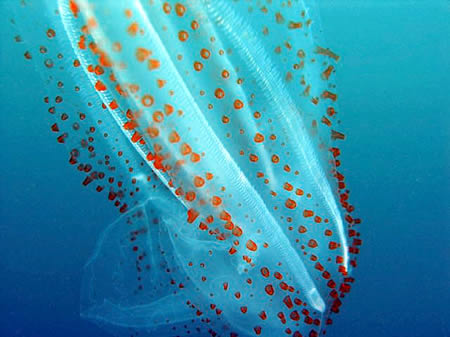
This jellyfish-like animals known as Salps feed on small plants in the water called phytoplankton (marine algae). They are transparent, barrel-shaped animals that can range from one to 10cm in length.
10.Transparent Jellyfish
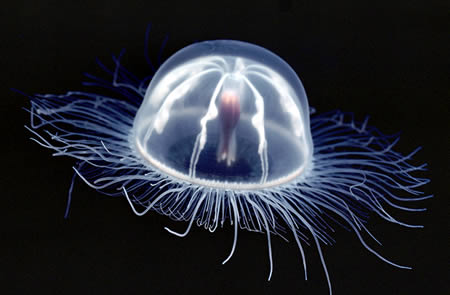
Jellyfish are free-swimming members of the phylum Cnidaria. They are found in every ocean, from the surface to the deep sea. Many jellies are so transparent that they are almost impossible to see. The one above is from the Arctapodema genus, with a size of an inch-long (2.5-centimeter-long).

